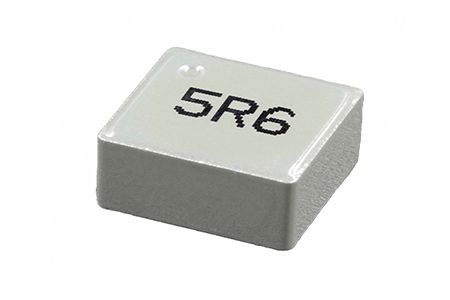Cold Press vs. Hot Press Molded Inductors: Which Process Fits Your Needs?
Molded inductors are a cornerstone of modern power electronics, prized for their compact design and robust performance. But did you know there’s more than one way to create them? Enter the debate: cold press vs. hot press. These two manufacturing methods each have unique strengths and challenges, impacting cost, performance, and suitability for specific applications. Let’s dive into the details and find out which process might be the best fit for your next project.
What Are Cold Press Processes?
1. How It Works: The core material (typically metal powder) is compressed into shape at room temperature using high pressure.
2. Key Features:
* Lower manufacturing temperature reduces thermal stress on materials.
* Often results in slightly higher porosity compared to hot pressing.
3. Advantages:
* Cost-effective due to lower energy consumption.
* Suitable for applications with moderate performance demands.
4. Challenges:
* May result in slightly lower mechanical strength.
* Requires additional measures to achieve high precision.
What Are Hot Press Processes?
1. How It Works: Core material is compressed under high pressure and elevated temperatures, promoting material bonding and reducing porosity.
2. Key Features:
* Heat enhances material uniformity and structural integrity.
* Suitable for demanding, high-performance applications.
3. Advantages:
* Superior mechanical strength and thermal conductivity.
* Enhanced performance for high-current and high-temperature applications.
4. Challenges:
* Higher production costs due to increased energy use.
* Requires specialized equipment and longer processing times.
Choosing the Right Process
Performance Needs:
* If your design demands high mechanical strength and thermal performance, go hot press.
* For less demanding applications, cold press offers a budget-friendly alternative.
Application Context:
* High-stress environments, like automotive or industrial applications, favor hot press inductors.
* For compact, cost-sensitive designs, cold press inductors are a practical choice.
Cost Considerations:
* Factor in production scale and application requirements. Cold press can reduce costs without significantly compromising performance for certain designs.
Conclusion
Both cold press and hot press processes have their place in the world of molded inductors. While cold press excels in cost-sensitive and moderate-performance applications, hot press is the champion of high-power, high-reliability designs. By understanding the strengths and limitations of each process, you can make informed decisions to optimize your product's performance and cost.
So, which process will you choose for your next project? Contact us today to discuss your specific needs and find the perfect molded inductor solution!
- Related Products
10uH, 4.9A Flat Wire SMD Molding Inductors
SEP5050EX-100M-LF
Surface mount flat wire molded power choke, SEP5050EX series (5.0mm height), which offers high...
Details Add to List10uH, 1.6A Inductor with Enhanced Saturation Current
ML252012EM-100M-LF
Introducing our high-performance molded power inductor, specifically designed to set new standards...
Details Add to List10uH, 14.6A SMD Molded Flat Wire Inductor
SEP1010EX-100M-LF
Composite High Current Molded Flat Wire Power Inductors with flat cooper wire, SEP1010EX series...
Details Add to List



